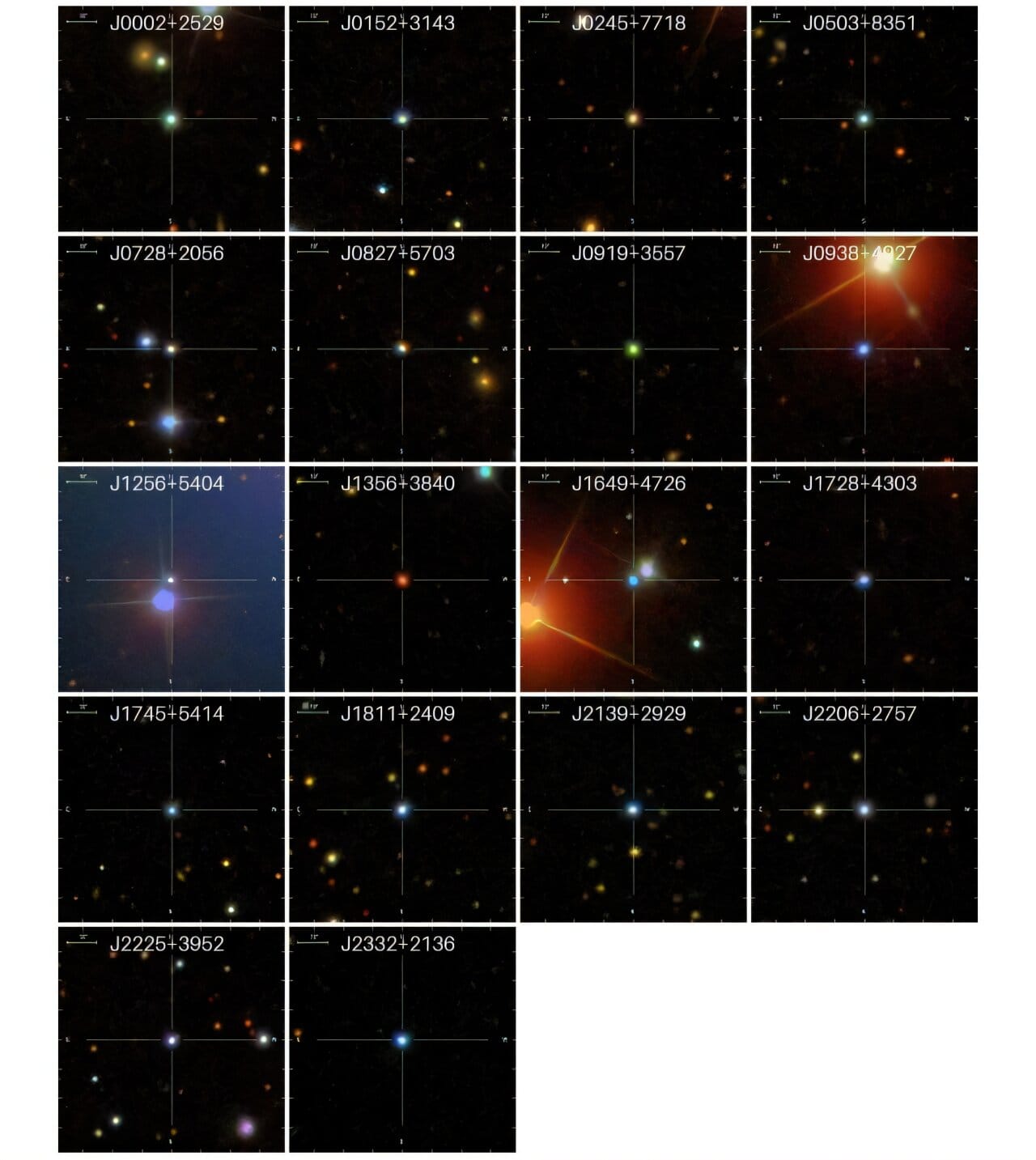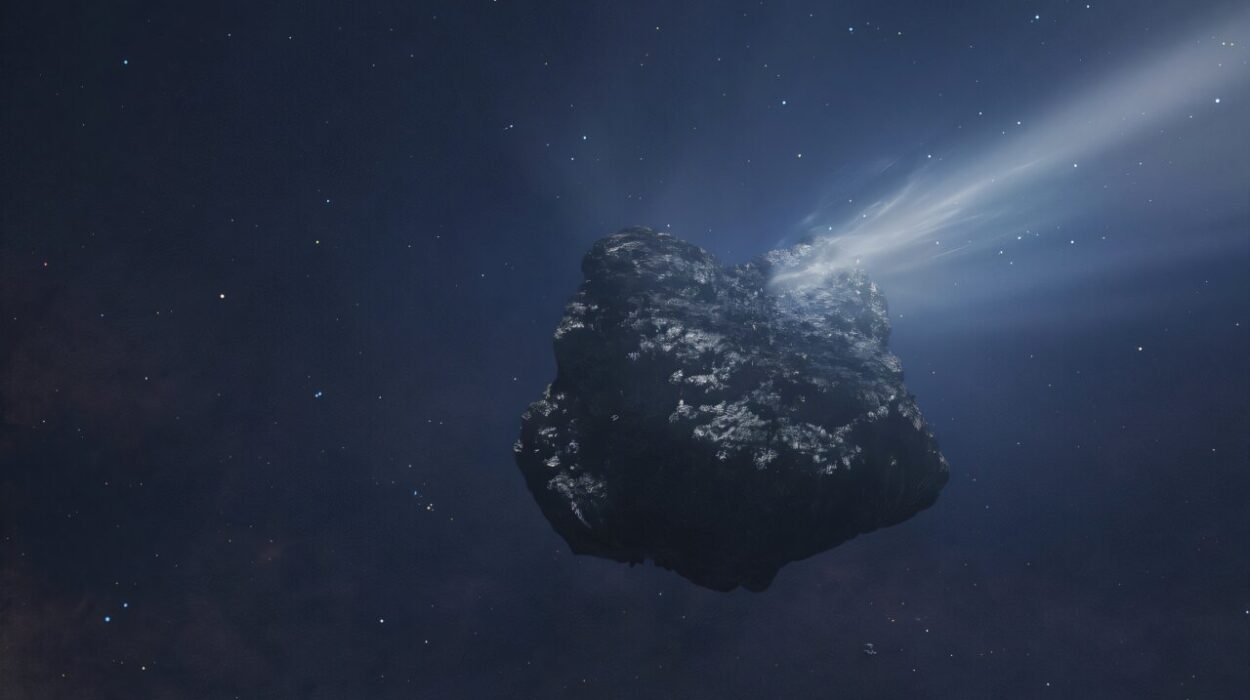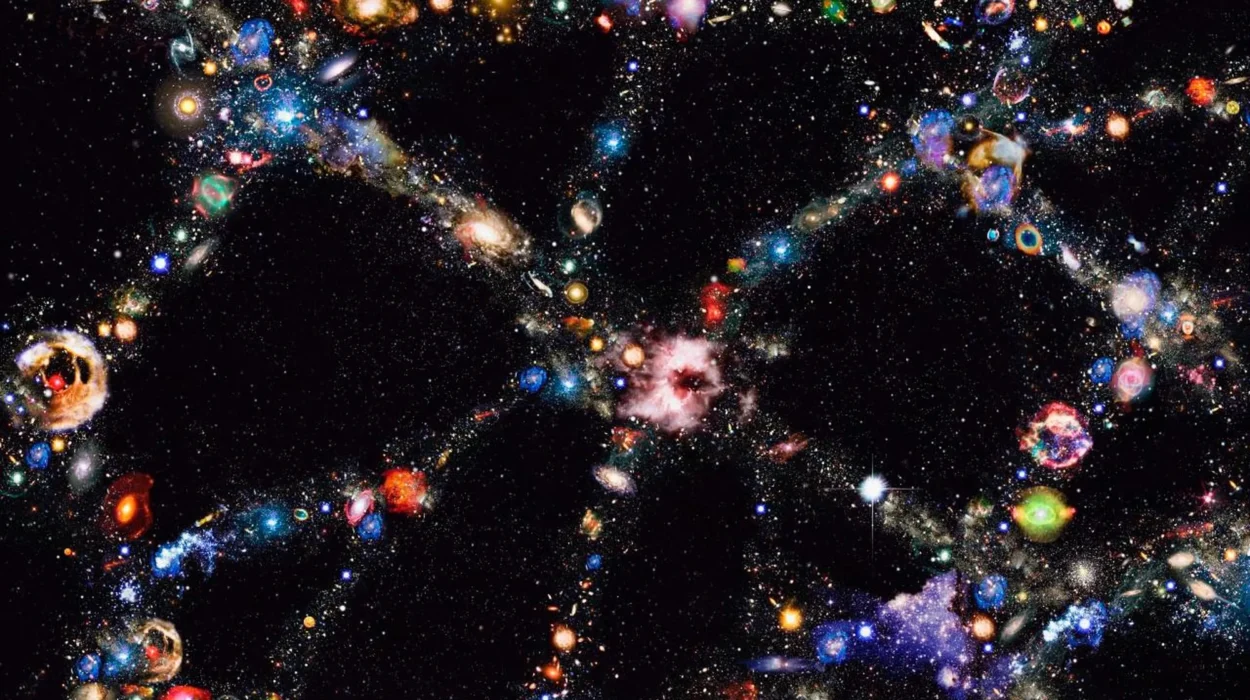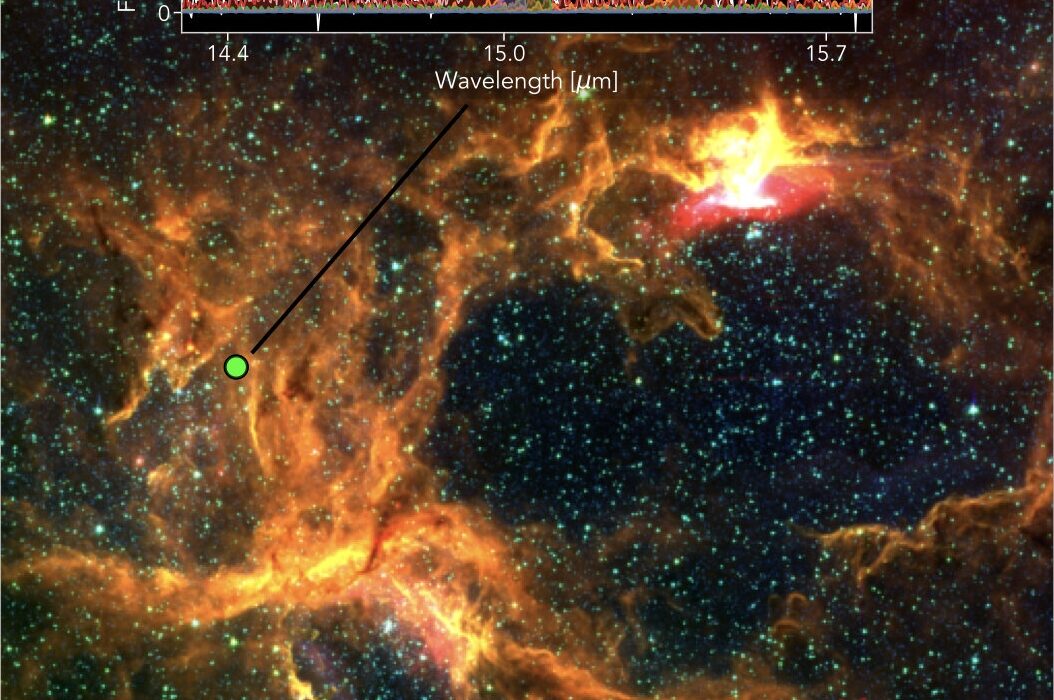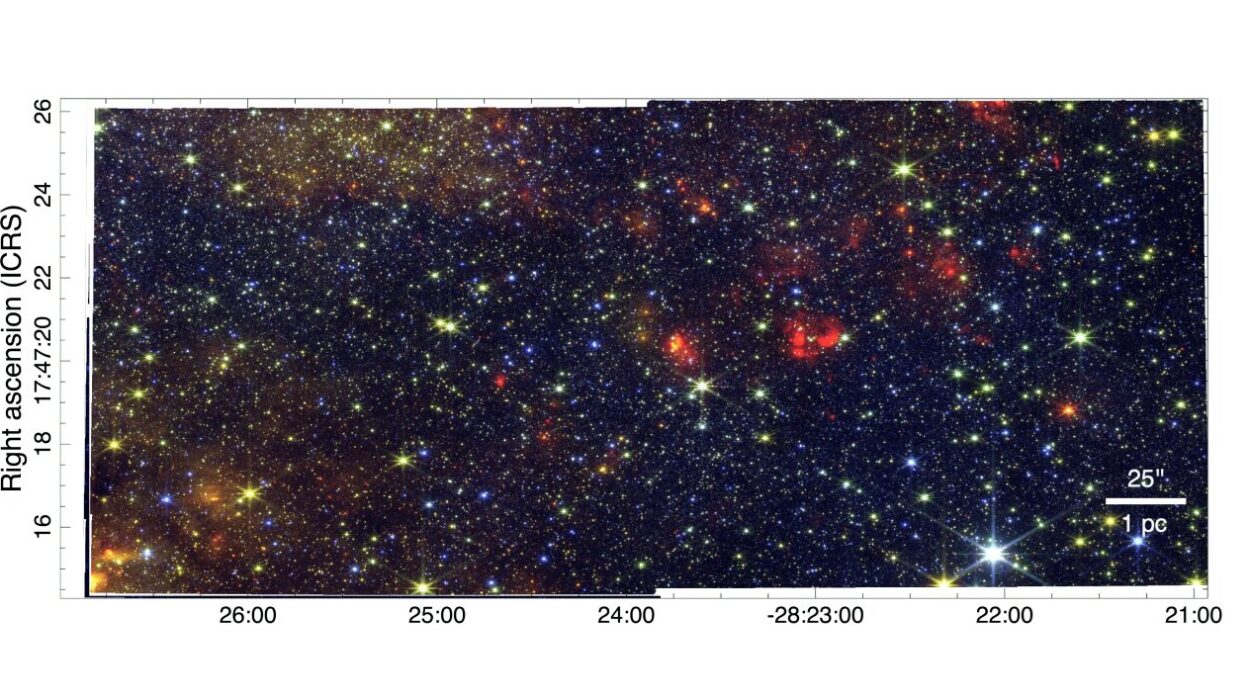The universe is vast, mysterious, and filled with objects so powerful they defy ordinary understanding. Among the brightest of these cosmic beacons are quasars—quasi-stellar objects that shine with the light of entire galaxies, yet are powered by something much smaller: supermassive black holes at the hearts of galaxies.
Now, astronomers led by a team from Seoul National University in South Korea have announced the discovery of 62 new luminous quasars, expanding humanity’s catalog of these extraordinary cosmic phenomena. Their findings, published on August 8 on the arXiv preprint server, come from the ambitious All-sky BRIght, Complete Quasar Survey (AllBRICQS), an effort to uncover previously hidden quasars across the sky.
What Exactly Is a Quasar?
At first glance, quasars look like distant stars—tiny points of light in the night sky. But unlike stars, their energy does not come from nuclear fusion in a stellar core. Instead, quasars are powered by the violent activity of supermassive black holes at the centers of galaxies.
As gas and dust spiral toward these cosmic giants, they heat up and form a swirling accretion disk, glowing across the entire electromagnetic spectrum—from radio waves to X-rays. The result is a dazzling lighthouse visible billions of light-years away, sometimes brighter than the galaxy in which it resides.
Quasars are not just beautiful; they are also essential to science. Because they are so luminous, they serve as cosmic probes, allowing astronomers to study the early universe, the growth of black holes, and the evolution of galaxies.
The Mission of AllBRICQS
Discovering quasars is not as straightforward as it may seem. Many hide among stars in survey catalogs, masquerading as ordinary point sources. The AllBRICQS project was designed to peel back this disguise.
By combining data from NASA’s Wide-field Infrared Survey Explorer (WISE) with precise parallax and motion measurements from Gaia’s third data release (DR3), astronomers can separate quasars from stars more effectively than older methods allowed. This approach has already yielded 156 confirmed quasars, and now—thanks to the latest observations—the tally has grown significantly.
62 New Cosmic Giants
In their latest study, Yunyi Choi and colleagues selected 75 promising quasar candidates in the northern sky. Using three ground-based telescopes in South Korea and China, they carried out detailed spectroscopic follow-up observations. The result: 62 of the candidates were confirmed to be quasars, spanning redshifts between 0.09 and 2.48.
For context, a redshift is a measure of how much the universe has expanded since the light left its source. Higher redshifts mean greater distances and earlier epochs of cosmic history. Thus, some of these quasars shine from billions of years in the past, offering a glimpse into the universe’s youth.
These new quasars are also incredibly luminous. Their bolometric luminosities—total energy output across all wavelengths—range from 1 to 1,000 quattuordecillion ergs per second. That is an almost unimaginable amount of power, far outshining ordinary galaxies.
Rare and Remarkable Finds
Among the 62 quasars are not just typical broad emission line quasars, but also rare and unusual types.
One striking example is J0919+3557. Previously classified as a modest nearby galaxy at redshift 0.18, careful re-analysis by Choi’s team revealed it is actually a weak-line quasar at redshift 2.36—far more distant and exotic than first thought. Weak-line quasars puzzle astronomers because, unlike most quasars, their spectra show unusually faint high-ionization emission lines.
Perhaps the most spectacular discovery is J1356+3840, an iron low-ionization broad absorption line quasar (FeLoBAL). These rare objects absorb certain wavelengths of light through outflowing winds rich in iron. J1356+3840 is not just another FeLoBAL—it is the most luminous one ever detected. Such quasars are invaluable for understanding how powerful black hole winds influence the galaxies that host them.
Why These Discoveries Matter
Every newly discovered quasar is like adding a lighthouse to the cosmic ocean. Together, they guide astronomers in navigating fundamental questions:
- How do black holes grow over cosmic time?
- How do they influence the galaxies around them?
- What do quasars tell us about the early universe?
By expanding the sample of known quasars, especially rare types like FeLoBALs, the AllBRICQS survey provides fresh tools to address these mysteries. The confirmed quasars will allow researchers to study black hole feedback, accretion physics, and galactic environments across multiple wavelengths—from radio observations to deep X-ray imaging.
As the authors of the study wrote, “These confirmed AllBRICQS quasars provide a valuable resource for future research into quasar evolution, black holes, their environments, and their host galaxies across multiple wavelengths.”
Lighting Up the Universe
The discovery of 62 new quasars is not just a triumph of astronomical technique—it is a reminder of how alive and dynamic the universe truly is. Each quasar, though appearing as a faint point in the sky, is a roaring engine of unimaginable power, carrying stories from billions of years ago.
As surveys grow ever more precise, astronomers expect to uncover thousands more quasars, each illuminating the dark history of cosmic evolution. For now, these 62 new lighthouses join the map of the universe, guiding humanity’s journey into the deepest mysteries of existence.
More information: Yunyi Choi et al, AllBRICQS: The Discovery of Luminous Quasars in the Northern Hemisphere, arXiv (2025). DOI: 10.48550/arxiv.2508.06028
